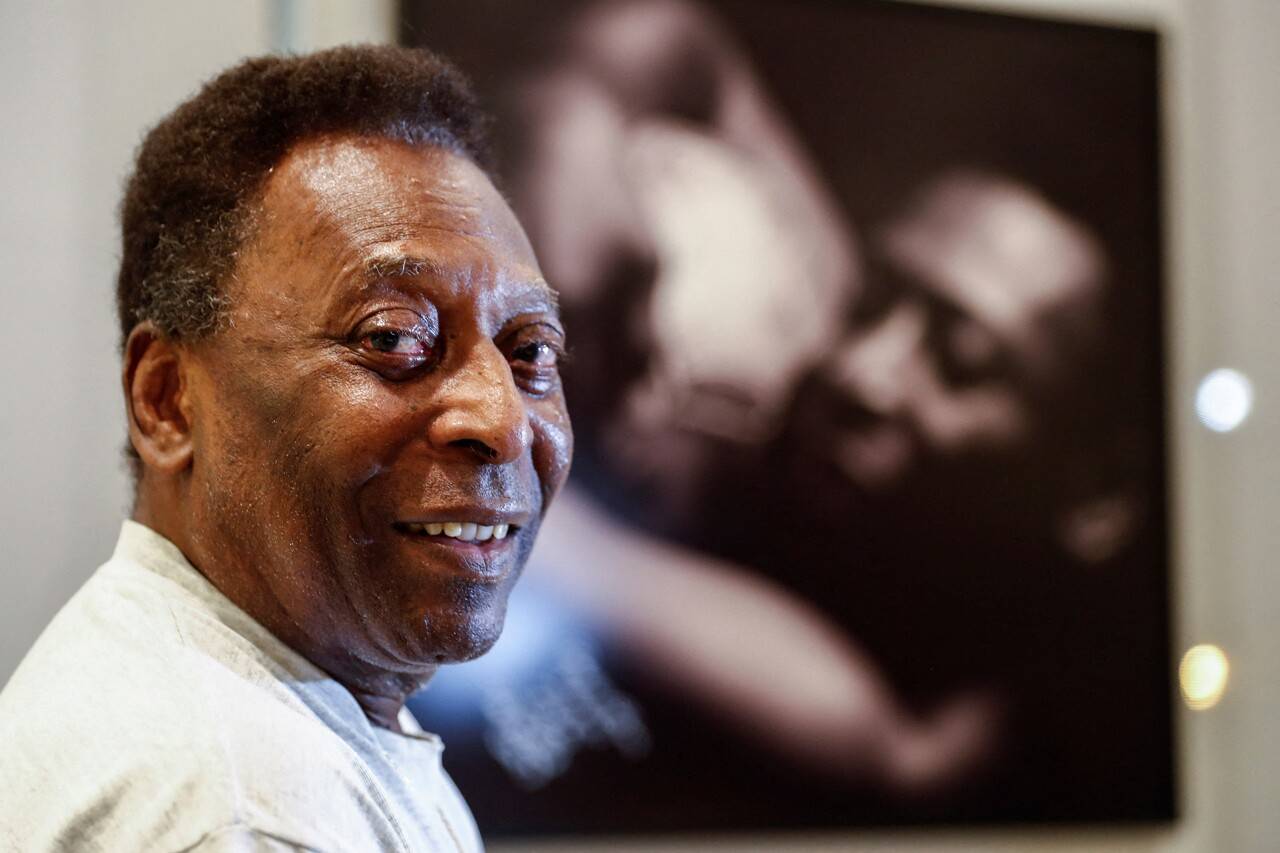Pelé once acknowledged that he had long struggled with a problem that he would only be able to solve when he met God in person and could ask him for an explanation.
He suffered from a sense of divided identity: There was "Pelé," the greatest living athlete of the 20th century, but there was also "Edson Arantes do Nascimento," a regular guy tasked with keeping an eye on Pelé and bearing the burden of his seemingly magical existence. Pelé, who died on Thursday at the age of 82, believed that he was entitled to an explanation for why he had been given this dual fate of upholding a godlike status in the eyes of the world while still feeling all too human. He pondered who would perish if he passed away because he was simultaneously the incarnate demigod and the most basic of animals.
Anyone who seen him perform will be convinced that God truly owes him an explanation. At a very young age, Pelé, the most complete, dazzling figure of perfection to ever grace a soccer pitch, was thrust into renown without initially realizing his own exceptionality. In order to redeem himself after a failed soccer career, he claimed that his most important goal was to reach the unrealized brilliance he saw in his father, who had been an amazing but unnoticed player. He made his thunderous entrance at the 1958 World Cup at the age of 17, and before he knew it, he was the top idol of the most popular sport on the planet.
Pelé was once said to drag the field toward the opposing goal like an extension of his own skin, according to a poet. A philosopher jokingly acknowledged that there might be glimmers of the Absolute in him. Pelé appeared to be operating on a different frequency from the other players, watching in slow motion the same game he was playing at high speed while others around him appeared to be doing the opposite. This was due to the beauty and intelligence of his body in motion, as well as his eagle eye and the unpredictable nature of his tricks.
Pelé's ascent to fame in Brazil coincided with the emergence of the country's new capital, Brasilia, with its avant-garde design and the popularity of bossa nova music. Brasilia was founded in 1960. It has been said that a goal by Pelé, a curve by Oscar Niemeyer, or a Tom Jobim song sung by Joao Gilberto were like a "promise of joy" from an exotic peripheral country that seemed to be promising the world a smooth but profound transition from popular vernacular to modern art, without the costs of the Industrial Revolution. The dictatorship that came after, starting in 1964, presented persistent and ongoing indications that this path wasn't, to put it mildly, so direct or simple.
Pelé adopted the swaggering rebelliousness of Muhammad Ali, the passionate, political zigzags of Argentina's Diego Maradona, nor did he pursue the carnivalesque style and tragic arc of Garrincha, the other great Brazilian star of his generation. Instead, he behaved in accordance with the rules of traditional Brazilian cordial sociability, masking insidious structural racism and social inequality. He chose to be a silent, haughty observer of Blackness in action.


